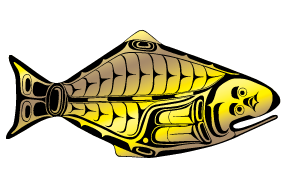An important research area at IPHC is devoted to investigate the physiological basis of somatic growth alterations in the Pacific halibut in order to improve our understanding of the contribution of growth changes in the observed historical changes in size-at-age. A better understanding of the growth-related physiological mechanisms that are set into motion in response to habitat changes is essential for our ability to describe and predict growth alterations under periods of environmental viability or habitat shifts. In order to evaluate growth physiological responses in response to factors that could contribute to the observed decrease in size-at-age in Pacific halibut, the effects of temperature, density and social structure on biochemical and molecular indicators of growth are being investigated. By using state-of-the-art, high-throughput molecular technologies we are attempting to identify novel specific patterns of growth responses at the gene expression and protein levels at an unprecedented depth. This will lead to a significant improvement in our understanding of the physiological mechanisms regulating growth in the Pacific halibut but also, importantly, to the identification of molecular and biochemical growth signatures characteristic of growth patterns in the primary growth (muscle) and energy storage (liver) tissues that will be used to monitor growth trajectories in the Pacific halibut population under climate change. Specifically, we are investigating the physiological effects of temperature on growth in juvenile Pacific halibut by describing specific biochemical, transcriptomic (gene expression) and proteomic (protein) responses to temperature in skeletal muscle and liver, two key tissues that participate in growth regulation. In addition, we are also investigating the physiological effects of density and dominance hierarchies on growth potential in order to understand how density and social interactions may influence growth potential in the nursery areas.

